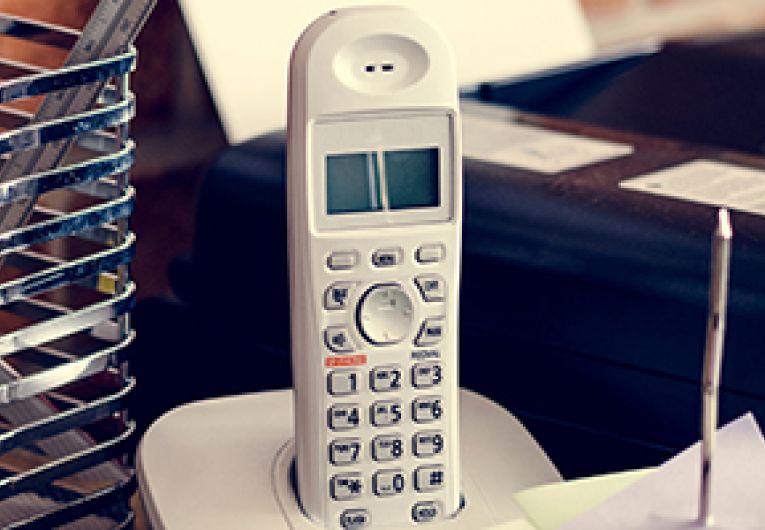
PRI vs SIP Phone Solutions for Business
When you’re considering phone service for your company, you’ve already decided that a modern approach is needed, but you still have many options to choose from. Two of today’s most popular options for business phone systems are PRI (Primary Rate Interface) and SIP (Session Initiation Protocol). Both connect your phone system to the world. Both PRI and SIP offer cost-effective solutions for businesses of all sizes. But what’s the difference between them?
What is PRI?
PRI is a high-capacity, circuit-switched interface providing a direct physical connection between your service provider and your company’s phone trunk. PRI typically works in tandem with a company’s existing PRI-enabled PBX (private branch exchange) system, which provides central lines for intercommunication between telephones within the organization.
PRI service gives your company multiple phone lines, with up to 23 simultaneously active calls, making this option perfect for businesses with less than 100 employees and moderate call volume. Scaling capability is straightforward – when your PRI phone system needs more capacity for higher call volume, each added PRI line gives you 23 more channels. It's not uncommon for companies to have two or more PRI lines to handle their calling needs.
With a PRI phone system, you'll receive quality reliable service because the circuits have guaranteed bandwidth. PRI business services are a secure and cost-effective option.
What is SIP?
SIP operates over IP (Internet Protocol), so a SIP phone system can send and receive phone calls over the internet. SIP business services can connect to IP PBX systems as well as provide phone numbers to traditional office phones and software applications that can run on devices other than traditional handsets, such as computers, tablets, smartphones, and other individual phones/devices – often with additional features not available with traditional telephone services. Scaling is a matter of obtaining more SIP trunks (virtual connections) as needed or increasing bandwidth.
For best performance with a SIP phone system, you'll need a solid internet connection with plenty of bandwidth. Calls are handled over the internet like other data, but SIP business services generally prioritize voice traffic over other internet data, so consistent performance can be expected. Although costs can be much lower and there are a wider range of features typically available, SIP call quality can be subpar at times if you’re maxing out your bandwidth. Overall, SIP offers great flexibility for employees, particularly telecommuters and travelers, since a user's phone number can travel along with them.
How to Choose Between PRI and SIP
Now that you've learned the basics of PRI vs. SIP, how do these business phone plans compare? Both offer flexible, scalable, and cost-effective options, but choosing between PRI and SIP depends largely on your unique business needs.
While PRI offers guaranteed call quality for your PBX system, you would need to purchase additional PRI lines in increments of 23 channels each if you need to expand beyond 23 simultaneous inbound/outbound calls. With SIP, you get immense flexibility to connect to mobile devices and can add channels as needed, typically without minimums.
It's also possible to combine both services into a hybrid solution that gives your business the best of both systems. By combining PRI and SIP for connectivity, you can keep your telephone and data lines separate to reserve your internet bandwidth for other use, while still offering flexibility and added features for mobile users. Your company will keep the PRI's call quality and security as well as benefit from integration of remote locations, ease of adding new users, and infinite scalability.
The trends, insights, and solutions you need to grow your business.
By signing up, you’re subscribing to our monthly email newsletter, The
Wire. You may unsubscribe at any time.
Your information stays safe with us. Learn more about our privacy
policy.











![[#MSP_NAME#] Logo](/themes/sparklight_business/images/transition-logos/migration-banner-logo-[#MSP_CD#].png)
